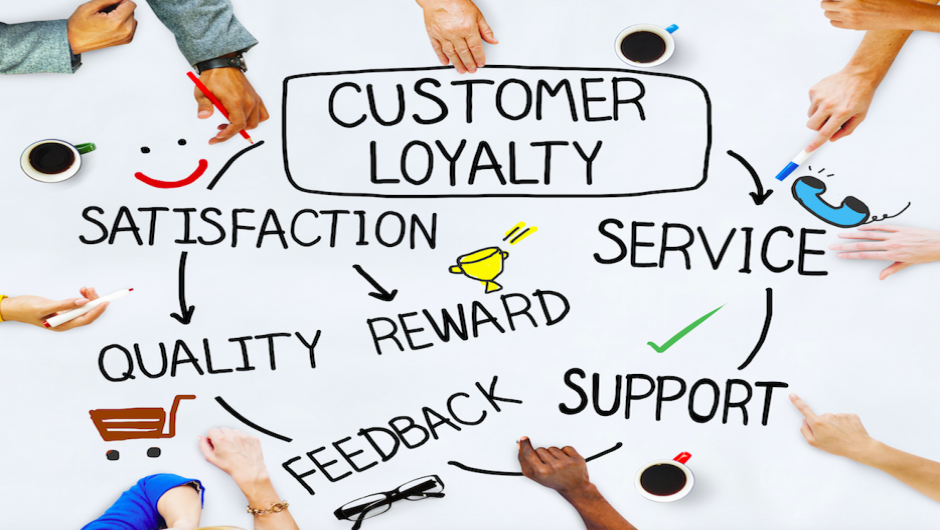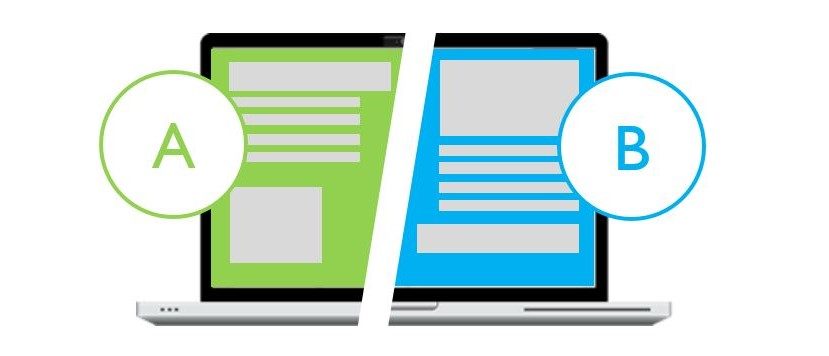Content and speed of landing page are important factors to consider. If the landing page is not relevant to the searcher’s intention, it will never make a good place in the search engine, even if you have acquired help from the best SEOs. If it is slow in loading, audiences will click on it and leave immediately. Maybe you already know that, then you must have designed absolutely relevant and fast loading landing pages. You are receiving a good volume of traffic too, but they are not converting, means they are not subscribing or downloading the eBook or purchasing from your site. Content and graphics of the landing page play a vital role in the conversions. Less conversion as compared to the volume of traffic is usual, but negligible conversions as compared to the visits is surely a matter of concern. The method we are suggesting for designing landing pages fairs not only for the websites with less traffic but also for the ones which want to increase their sales. Let us start the discussion about the best way to design landing pages.
In order to make the discussion more understandable, let us assume that we are talking about an e-commerce site that sells handbags. One advantage of e-commerce sites is that they receive the qualified traffic. The visitors clicking on them are potential customers. Maybe they are not at the purchase stop of their purchase journey, but they need the handbag you are selling and are interested in buying it if the offer is compelling enough.
Get Started
As the primary step towards the conversion rate optimization, you need to identify three groups of audiences:
Those who have heard about you, but never visited: These people cannot suggest improvement in your landing page because they never visited, but they can give you an insight into the mind of the customer. If not, then maybe you convince them to visit your site and get them to make a purchase. Either way, it’s a win-win situation for you.
Those who visited you but didn’t convert: This group of audience is the most crucial for the improvement of the landing pages. They must have found some information missing or something not impressive at your site, so moved to your competitor’s site for purchasing.
Those who are your customers or returning customers: These are the people who bought from you once or buy again and again. They are the happy buyers who found your landing page good enough and proceeded to buy the product. They can tell about the good features of your landing page which should be kept intact.

Ask each group a few questions
You can contact these people through an online survey or social media. Ask them to fill up a feedback form or reply back to email or you can meet them in person, at least, someone from your team may. Ask some questions from the respective group and try to make a sense out of it.
No-visitors: Do you know about us? What have you heard about us? What offers will be compelling enough for you to try our handbags?
Deserters: What made you visit our site for the first time? What were your expectations and how did we disappoint you? Did you find a better offer or more information at another site?
Customers: What made you visit us in the first place? Did we meet your expectations? Did you find any difficulty or ambiguous information on our landing page?
Now, you have a pool of information at your disposal, you just need to use it to create customer friendly landing page.
Create Landing page based on answers you got
Every non-converting visitor can teach you a lesson, a lesson to improve yourself, to improve your sales. The answers that you receive from the three groups are invaluable because they are first-hand and they point out your weak points. Knowing the areas where you lag, you can work on improving them. Your new landing page should be answering the questions of these groups, with relevant information and testimonials.
Let us assume the non-converting leads said that they didn’t know if the handbag was pure leather or faux leather. Some wanted to know if the handbag had small coin pocket inside. Few customers couldn’t tell the size of the bag just by seeing pictures. Other customers wanted clear mention of price including shipping and handling. While one of them also asked to mention the way to clean the bag.
Different visitors have different intentions in mind and if you fail to answer any of their questions, they turn away. When you know your visitor’s queries, you can create a highly informative landing page which is conversion optimized. Let us answer the questions- The handbag is faux leather. Yes, it has a coin pocket inside the back zipper (picture of top view of opened handbag attached). Next, photo of a model holding the handbag attached to give clear idea of the size of the bag. Moving on, price mentioned: $40 including shipping and handling charges. Solving the last question, put a remark on the website that the handbag needs to be cleaned with a dampened clean cotton cloth once a month.
When you have answered all the questions on your landing page, it becomes an electromagnet to attract visitors and convert them into buyers.

A/B testing
For gaining high conversion rates, best SEOs suggest running A/B tests before bringing the changes online. The new version of landing page (A) is tested against old version of the same page (B). Two groups of visitors are sent to these versions to identify the conversions. The newer updated version will surely get more conversions. Update the changes and remove the old version of landing page.
Sometimes, you do not know that there is some problem with your landing page which is hindering conversion rates. This process is very powerful and feasible. After implementing changes, again ask the people if now they are happy with the page. The consistency and repeat testing is the key to create a customer friendly landing page.
